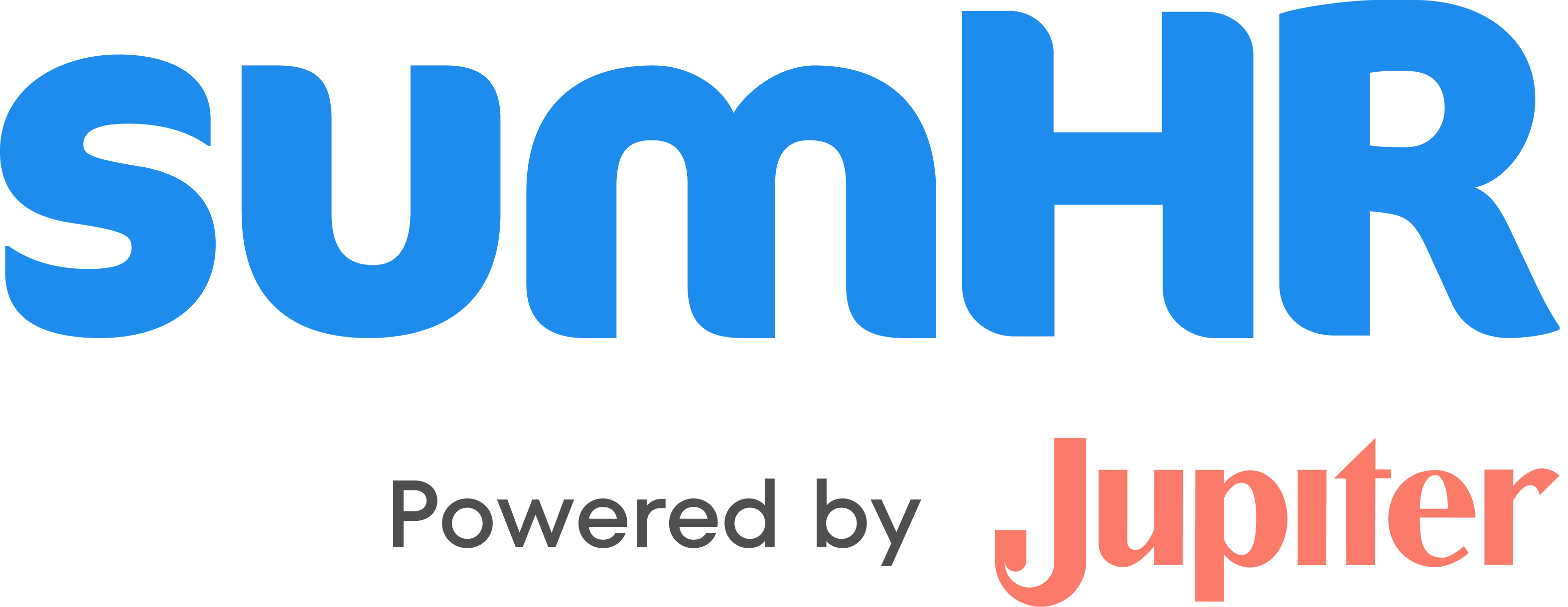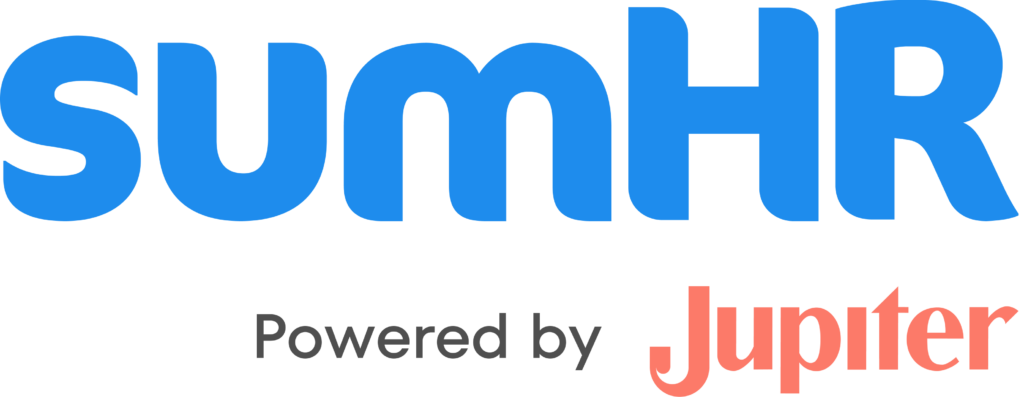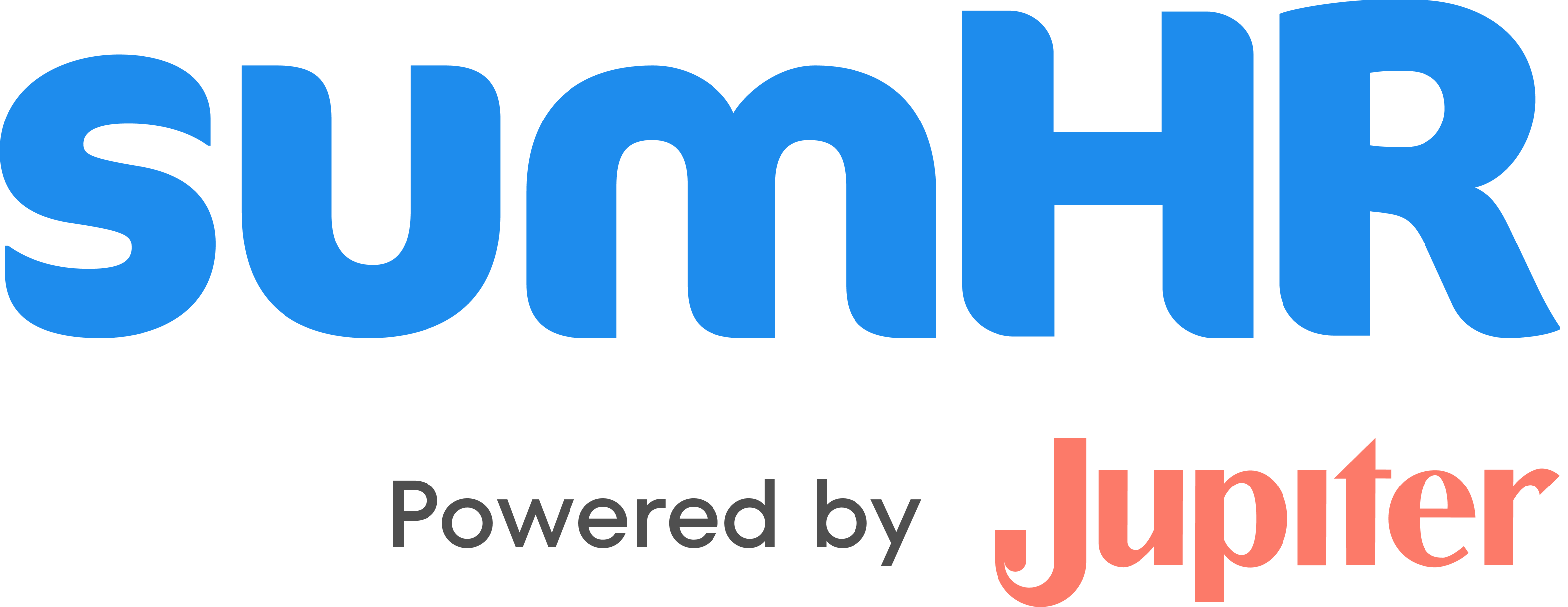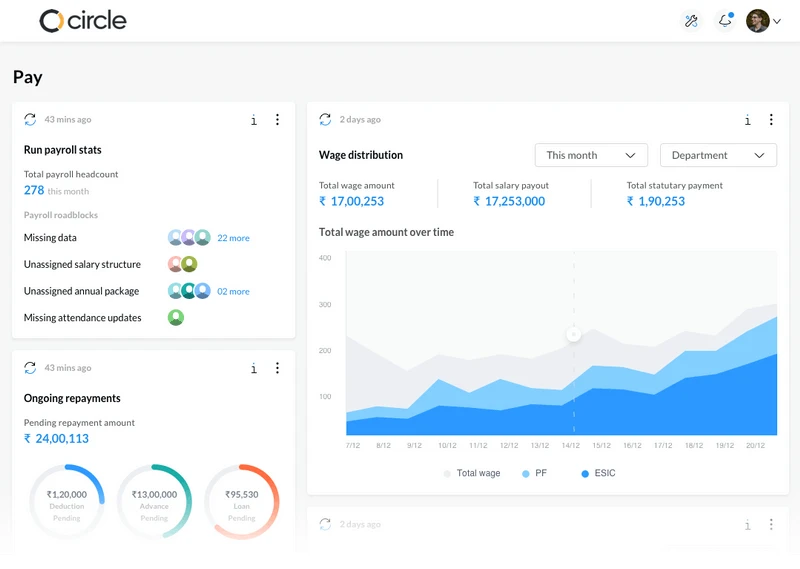Spreadsheets have been synonymous with HR personnel since time immemorial now. Right from the advent of Apple’s VisiCalc in the 1980s to the Lotus 1-2-3 and the most recent Microsoft’s Office Suite, HR professionals all around the world have used or are using the spreadsheet as their default tool for managing basic operations. When your company is small and the HR processes are new, there’s not a lot of complexity and depth in HR operations to look after.
As a person managing HR, this gives you more comfort and flexibility in using readily available (mostly free), easily accessible spreadsheet tools like MS Excel. As a startup/budding Small Medium Business HR manager, maintaining employee records of your small team of employees, their profile info, and their small routine attendance/leaves/payroll data is not really tough.
All you require is a computer and a single person with basic computer knowledge to take care of things. Typical situations like these made spreadsheets to HR managers, what dogs are to men (Recall: “Dogs are man’s best friend”).
But (a big but) as time progresses, your SMB scales into a well-established organisation, HR processes evolve, and your tasks and responsibilities also multiply significantly. This leads to what we like to call the “Spreadsheet Dependency Syndrome”. Employee database sheet, Attendance register/log sheet, Leave tracker sheet, MIS Report sheet …and so on. In fact, have a look at these HR spreadsheets that show how confusing it can get:
Thus, starts the need for one spreadsheet to track another spreadsheet and so on. You spend the majority of your time entering, modifying, replacing, copy-pasting and deleting loads of new data that come your way. And like that wasn’t miserable enough, this data pours in from various channels like emails, phone calls, register books, SMS, or even quick instructions over your desk from the boss.
With more data comes more number of personnel handling that data and with that comes the inevitable risk of human errors (to err is human after all). This is when your relationship with the spreadsheet goes for a toss. That same ubiquitous application which was easily accessible, and flexible for entering and carrying out on-the-spot calculations, and analysis, quickly and easily, now takes the form of a Herculean task that is prone to major errors and integrity issues.
Major Disadvantages of using spreadsheets for HR
1. Poor built-in controls
There are no controls to restrict employees using the spreadsheet from making changes. There is nothing like can-be-accessed-only-by-managers in a spreadsheet. Yes, you can password protect a spreadsheet, but you cannot control what to show and what not to show to other viewers. All one needs is a computer and any kind of information shared with that person on the spreadsheet can be altered, thus making the information less trustworthy.
2. Fraudulent entries
There is a high risk of deliberately falsified entries being made due to poor quality control on vital data and lack of stringent regulations regarding the use. There may be times when managers are hand-in-glove with their subordinates, and if managers have access to the HR’s Spreadsheets, they could modify records for the benefit of certain individuals. What’s worse, the errors can be easily disguised and hidden without getting noticed at all. In cases of integrity breach, correct values maybe intentionally replaced with false values.
3. Prone to human errors
When a spreadsheet is handled by numerous people in the HR team or outside it, mistakes are bound to happen, as distraction, interference or simply, overlooking cannot be ruled out. They may or may not be intentional, but errors while feeding, modifying, replacing or deleting HR data surely results in erroneous outputs.
4. Not adaptable for agile businesses
Whether it is a startup or a well-established business, employees come and go. Spreadsheets are usually created by individuals and thus tend to contain terms or codes identifiable by that individual only. So for instance, if a new HR manager is employed, she may not understand the terms or codes used by the previous HR manager and thus has to again modify the sheet according to her understanding and start from scratch.
5. Consolidation woes
Not all is done by merely keeping your data up-to-date in the spreadsheet. The main task comes when it’s time to generate HR or MIS reports based on that data. Owing to the fact that data in the spreadsheets is scattered throughout the organisation and different locations, one has to go through a complicated consolidation process.
End users from various departments would have to collect and summarize data from different spreadsheets and then submit it to the department heads, who then review, re-summarize, and submit the same to their seniors and so on and so forth till it reaches the decision making authority. In this whole process, the data is susceptible to errors, incorrect cell entries, copy-pasting errors etc. This method is extremely time-consuming and compromises on data integrity.
6. Not scalable
As an organisation grows so does the data. It becomes increasingly impossible for an HR manager to handle such huge databases manually without considerable errors, unless he has another helping hand, but which again increases the risk of errors or misinterpretation of data.
7. Hinders quick decision making
Due to the consolidation woes, extracting data, processing information, preparing reports and making analysis is time-consuming and not the “ideal” path to quick decision making. It basically becomes a long drawn process involving multiple individuals and teams. Before even reaching any decision making stage, the data itself has to pass through so many layers before appearing before decision makers.
8. Interruption in work
The HR manager has to keep track of everything right from the recruitment process to harmony among employees. Due to the dynamic nature of data, the person using the spreadsheet to maintain records is constantly interrupted to make immediate changes as and when they happen and keep employee details up-to-date. This constant interference delays other work at hand and compromises its quality and accuracy.
9. Time spent answering employee questions
When employee details such as payroll, attendance, leaves, compensations, benefits etc are stored in spreadsheets, every time anyone needs an update, the HR personnel has to look-up huge data files and answer their queries as and when required. It takes up a big chunk of productive time which could otherwise be used effectively on more important tasks.
10. Duplicate entries
Spreadsheets have no means of highlighting duplicate entries and thus these duplicate entries lead to erroneous spreadsheets and misinterpretation of data. Yes you can definitely remove duplicate entries from a column or row, but that too doesn’t happen automatically. It takes intermediate-level knowledge of using spreadsheets.
11. No audit trails
Audit trails represent any changes made to the document by allowing tracking thus detecting erroneous changes. This aids in preserving the integrity of data. Audit trails help identify what changes were made by whom and make it easier for an HR manager to accept genuine changes made by other contributors to the process. Most major spreadsheet programs, however, do not support audit trails but simply update new information entered, as is. Thus, leaving absolutely no proof of who worked on which area merely by a glance at it. It may tell you when the edit was made, but does not save its history.
Still not convinced? Well, you sure might feel like giving it a thought after learning how spreadsheet errors have cost few companies millions of dollars! Here are a few case studies which show just how disastrous that one small error could be:
4 Spreadsheet horror stories ( Errors that led to millions in losses)
1) Fidelity’s Magellan fund estimated that they would make $4.32 per share at the end of the year, but failed in doing so. When asked for an explanation by the shareholders, the President of Fidelity, J. Gary Burkhead said that a tax accountant was required during the estimating process and was asked to transfer the net realized gain/loss from the fund’s financial records (which were correct) to a separate spreadsheet. Additional calculations were to be made in the separate spreadsheet. That’s where the accountant made an error by omitting the negative sign on the net capital loss of $1.3 billion and treated it as a net capital profit. This caused the estimate spreadsheet to be off by $2.6 billion.
2) TransAlta, a big Canadian power generator suffered a loss of a whopping $24million by buying more US power transmission contracts at higher prices than it should have. The CEO, Steve Synder, said it was a mess created by a trivial cut-and-paste error in an Excel sheet that went undetected when the final sorting and ranking for bids was done before the submission.
3) Dominion Transmission Inc. was sued by natural gas consumers over a clerical error which submitted the wrong week’s gas storage figures leading to an artificial inflation of gas prices. This created a hike in consumer prices which were estimated between $200 million and $1 billion. The error was caused because the same computer file name was used for each week’s storage balance report.
4) The Center for Regional Strategies incorrectly reported that a meagre 11 percent of New Century’s population above the age of 25 had a bachelor’s degree, whereas the correct figure was supposed to be 20 percent. This cut-and-paste error ranked the New Century region below other regions like Athens, Asheville, N.C. which were thought to be better educated.
Conclusion
The technological world is reshaping almost everything and in this era spreadsheets are soon getting outdated. With so many HR software readily available in the market, it’s time the HR world is revamped with an automated HRIS system which takes care of all necessary information and reduces errors, at least trivial human errors that can be avoided.
Up to a certain point spreadsheets serve the purpose of handling data, but once the data size increases, it no longer does the trick. Any HR manager with foresight must avoid depending on spreadsheets beyond bare minimum (if at all), else the problems gradually start seeping into your HR management system and inverts your relationship with the spreadsheet from best friends to master-slave (where you’re the slave). A higher dependency on spreadsheets can cost you almost everything your job stands for! The spreadsheet is now more of a liability than an asset. Thus, cloud-based HR software is the future, get aboard or you’ll miss the boat.
Fear no more, help is on the way…(or should I say on this site ;))








